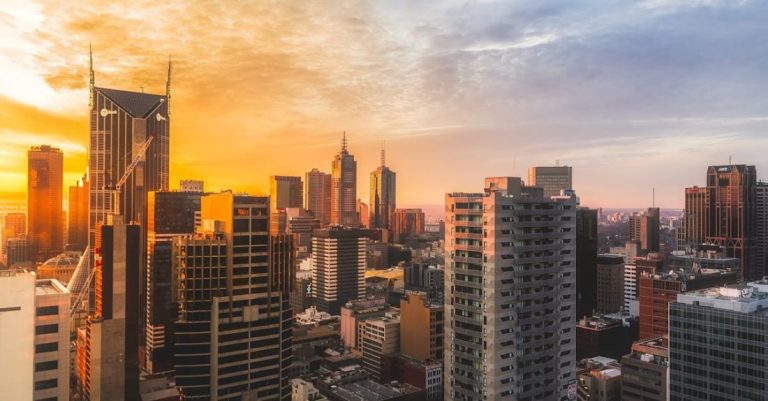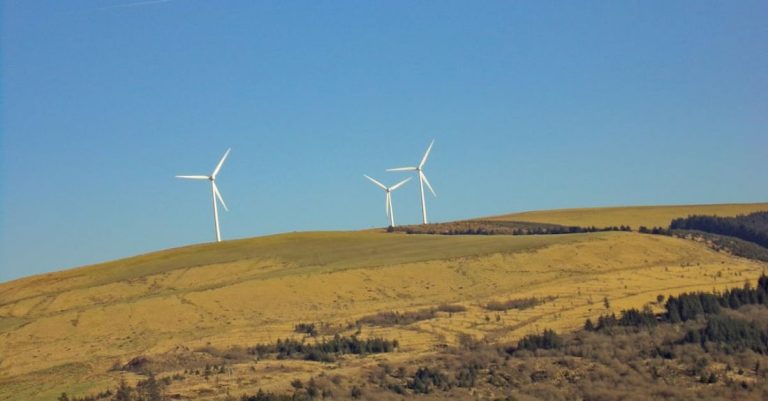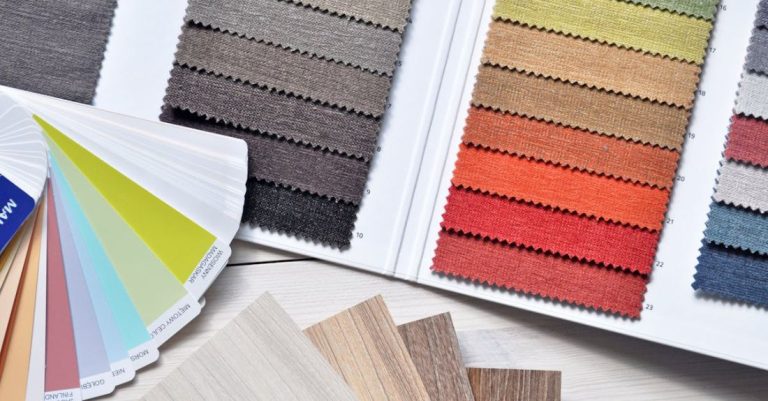
Green building practices have gained significant traction in recent years as the world moves towards more sustainable and environmentally friendly structures. When it comes to green buildings, landscaping plays a crucial role in enhancing the overall sustainability and eco-friendliness of the property. By incorporating the right landscaping ideas, green buildings can not only reduce their environmental impact but also create a more harmonious relationship with nature. Let’s explore some of the best landscaping ideas for green buildings that can help enhance their sustainability and aesthetic appeal.
Sustainable Plant Selection
Choosing the right plants for landscaping is essential for green buildings. Opt for native plants that are well-adapted to the local climate and require minimal water and maintenance. Native plants are more resilient to pests and diseases, reducing the need for chemical interventions. Additionally, native plants support local ecosystems and wildlife, promoting biodiversity in the area. Incorporating a mix of trees, shrubs, and ground covers can create a balanced and visually appealing landscape that also contributes to the building’s sustainability goals.
Rainwater Harvesting and Irrigation
Implementing rainwater harvesting systems in green buildings can significantly reduce water consumption for landscaping purposes. Collecting rainwater from roofs and other surfaces can provide a sustainable source of irrigation water for plants, reducing the reliance on municipal water supplies. Rain barrels, cisterns, or underground storage tanks can store rainwater for later use during dry periods. By utilizing rainwater for landscaping, green buildings can minimize their environmental footprint and promote water conservation practices.
Permeable Surfaces
Incorporating permeable surfaces in landscaping design is crucial for green buildings to manage stormwater runoff effectively. Permeable pavers, gravel pathways, and porous pavement allow rainwater to infiltrate the ground instead of flowing into storm drains, reducing the risk of flooding and pollution of water bodies. These permeable surfaces also help recharge groundwater reserves and promote healthy soil conditions. By incorporating permeable surfaces in landscaping, green buildings can mitigate the impacts of urban development on the local hydrological cycle and contribute to sustainable water management practices.
Green Roofs and Living Walls
Green roofs and living walls are innovative landscaping ideas that can enhance the sustainability of green buildings. Green roofs are vegetated roof systems that provide insulation, reduce heat island effects, and improve air quality. They also capture rainwater, reduce runoff, and extend the lifespan of roofing materials. Living walls, on the other hand, are vertical gardens that add greenery to building facades, improve air quality, and provide habitat for birds and insects. Both green roofs and living walls not only enhance the aesthetic appeal of green buildings but also contribute to their overall sustainability and environmental performance.
Edible Landscaping
Incorporating edible plants into landscaping design is a practical and sustainable way to maximize the benefits of green buildings. Edible landscaping combines beauty and functionality by integrating fruit trees, herbs, vegetables, and edible flowers into the landscape. Not only do edible plants provide fresh produce for building occupants, but they also promote biodiversity, attract beneficial insects, and reduce the carbon footprint associated with food transportation. By incorporating edible landscaping, green buildings can create productive outdoor spaces that support sustainable living and healthy eating habits.
Conclusion:
Landscaping plays a vital role in enhancing the sustainability and environmental performance of green buildings. By incorporating sustainable plant selection, rainwater harvesting, permeable surfaces, green roofs, living walls, and edible landscaping, green buildings can create eco-friendly outdoor spaces that promote biodiversity, water conservation, and sustainable living practices. These landscaping ideas not only contribute to the overall sustainability of green buildings but also create beautiful and functional outdoor environments that benefit both occupants and the environment.





